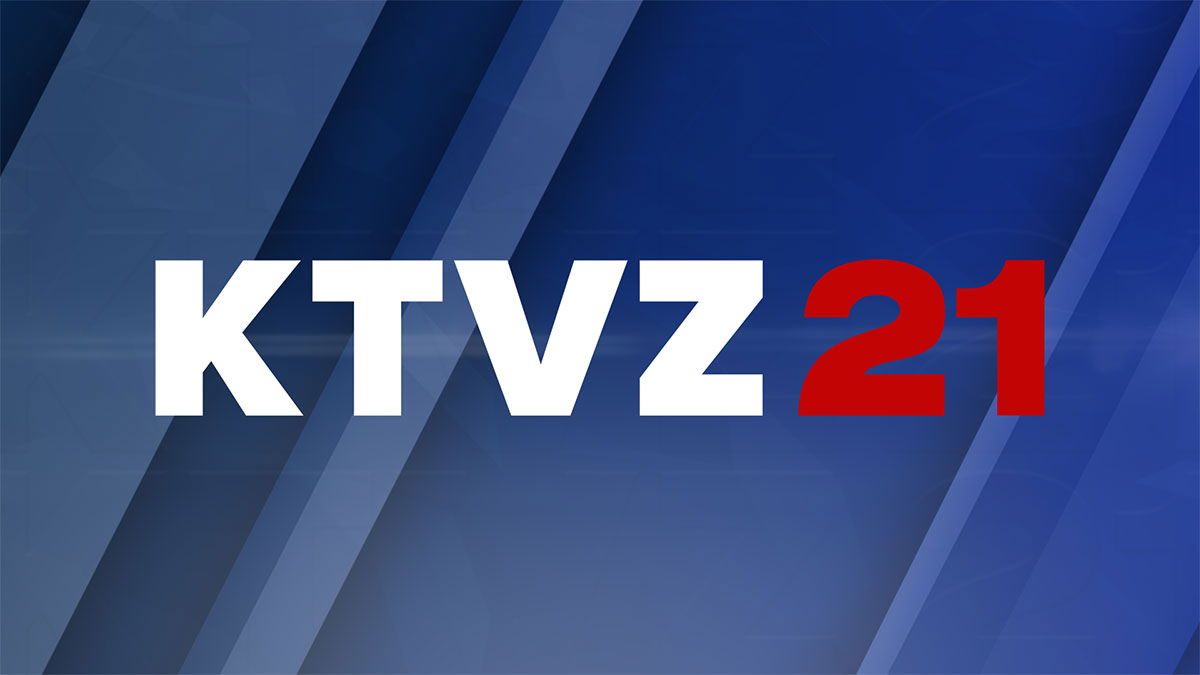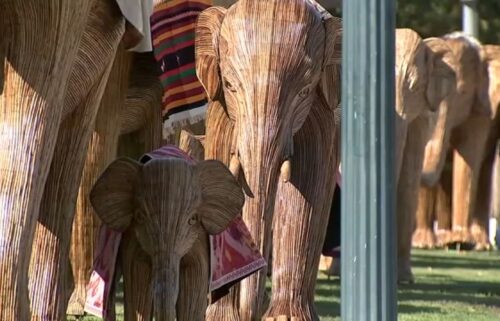Navajo Nation developing new database to solve MMIP cases
Click here for updates on this story
WINDOW ROCK, Arizona (KOAT) — “Nobody was keeping track, and it wasn’t until the families started speaking out,” Navajo Nation Council Delegate Amber Kanazbah Crotty said.
Many Indigenous communities that have lost a loved one or are still missing one sometimes do not speak about it due to cultural traditions.
“You don’t speak of the death,” Crotty said. “You don’t. You don’t talk about certain things, in a manner because you don’t want that type of energy to come to you personally.”
But within the Navajo Nation, it is a collaborative project where a Missing and Murdered Dine Relatives database is being funded for and by the Nation to assist in indigenous missing and murdered cases on a scale that has not been accessible to them before.
“We’re still coordinating and working with the task force together,” Jason Arviso said. “We can build it accordingly. It’ll be a cloud-based database as well as an application.”
Arviso is the vice president of operations at Navajo Technical University. The database will allow for real-time information to be available to state and federal agencies, families, and advocacy groups to further share accurate and up-to-date information on missing relatives.
Crotty added this is more than just a resource for information, but a pillar to help rebuild broken families and stop cases from happening.
“We do have an opportunity for the prevention,” Crotty said. “We have an opportunity to know what’s happening now in real-time and how we need to deploy our … our services and our resources.”
There are about 150,000 tribal members on the nation, with 60 people missing at any time, according to Crotty.
Crotty says that number is significant.
In the past, she says Navajo Nation Police did not have the proper resources available to help solve missing and murdered cases. Crotty said there were no posters, radio announcements, or notices being sent out or presented.
Arviso stated this database could also be utilized by other tribes and indigenous communities to serve their individual needs.
“Other tribes…are also interested in seeing the framework that could possibly benefit their communities,” Arviso said.
Crotty and Arviso say this is a $2 million investment, which started with families demanding change.
Please note: This content carries a strict local market embargo. If you share the same market as the contributor of this article, you may not use it on any platform.


